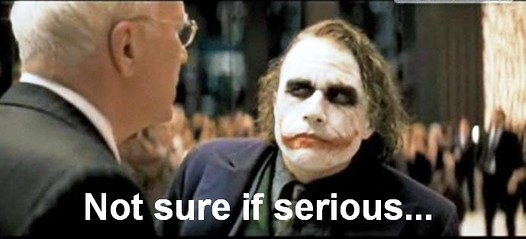I'm not purposely loading light loads for a defensive pistol. I had a bunch of 9's already made up from previous pistols that worked fine in them. I didn't realize this gun required higher pressure. Now I do.
It's not that it requires "higher pressure" it's just that your loads have probably been too weak all along. (I'm not sure what powder you're using, but with very few exceptions, loading bottom up in 9mm Luger with (most) book data, and stopping at the "first thing that seems to work okay and is accurate" is going to produce very weak ammunition 9 times out of 10. )
And by light I don't mean lighter than the starting grains in order to reduce recoil. I start at starting grains or just above and find the point where my gun cycles properly, ejects properly and is accurate using the least amount of powder necessary.
To me those
are reduced recoil loads. Most book data for things like 9mm, depending on the powder, the start load is VERY weak, at least when compared to
lots of commercial ammo. You take something like Win 231 and load it up at the start load, and the result is probably going to be pretty anemic. Hell some powders even at their max load are lukewarm, but passable. (Win231 falls neatly into this category. )
I see no point in putting more powder into the case than is necessary to properly operate the pistol. All that does is drain your bottle of powder faster.
This "powder conservation" thing is silly, btw... . I probably accidentally spill more powder out of every jug than you would have saved move from a weak load to a a warm-normal load over 1000 rounds. As an example, 1 pound of Titegroup makes like 1500+? rounds of 9mm. A few tenths of a grain of powder on each load is not going to put anyone in the poor house. (I know it keeps me from wanting to check myself into an asylum, though)
I've never met two reloaders who load the same way. Everyone has their own little twists, tweaks and load preferences and that's how I do it. I don't have a chrono yet but unless something unexpected happens I'll have one by mid February. I have one picked out.
Now it makes a little more sense- you're being cautious because basically you're flying while blind. Developing loads without a chrono is painful. Hell when I started I bought the Chrono -BEFORE- I bought everything else. It's a good way to validate your work, whatever your goals are. Also, if you ever do competitive pistol shooting, you will be able to know whether or not your load exceeds power floor for whatever sport you're shooting. If you're just going by the book it's easy to stop and make 9mm loads that don't even meet 9mm minor, which is pretty wimpy to begin with. I think that's 125 PF, which if you're launching a 115 gr bullet at like 1100 fps you're barely making minor with a PF of like 126.5 . You would be surprised at the number of start loads in a given reloading book which probably don't even come close to making minor.
I've been a paid member long enough to know that a lot of harmless poking goes on here. That's fine but I think questions related to safety should be exempt of the poking. I'd rather ask a question that someone thinks is dumb than to shove a loaded gun I'm not familiar with into my pants and risk blowing my nuts off. My experience is with revolvers and hammer fire pistols. When I got my first 1911 I had no idea how it worked and was hesitant to run cocked and locked. Now I can tear down, thoroughly clean and assemble a 1911 in far less than an hour and have no problem running cocked and locked. That's because I'm familiar with it and know how it operates. Not so with a striker fire pistol so I'm taking precautions and asking questions.
It's not that it was a dumb question I was just surprised that someone would ask it. Guns like Glocks, M&P, etc all have a very simple manual of arms. You want the gun to fire you pull the trigger. If not then don't. And regardless of which platform you choose it should be in a good holster. The need for a good holster (or at least, some dingus that covers the trigger guard!) never really dies or changes when you change platforms. I even had a holster when I had my P7M8, despite the fact that the trigger was completely deactivated if you didn't have the squeeze cocker part depressed.
-Mike

![Laugh [laugh] [laugh]](/xen/styles/default/xenforo/smilies.vb/012.gif)
